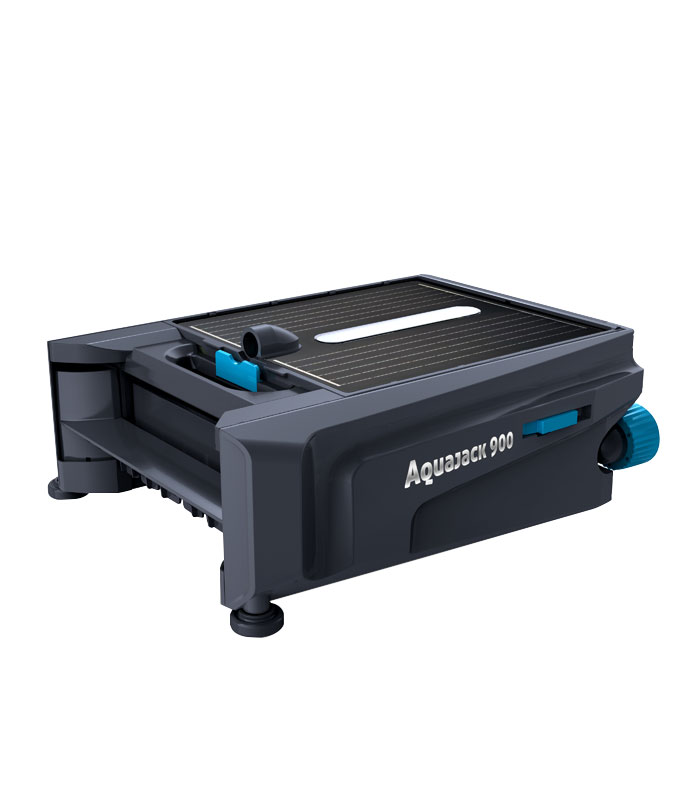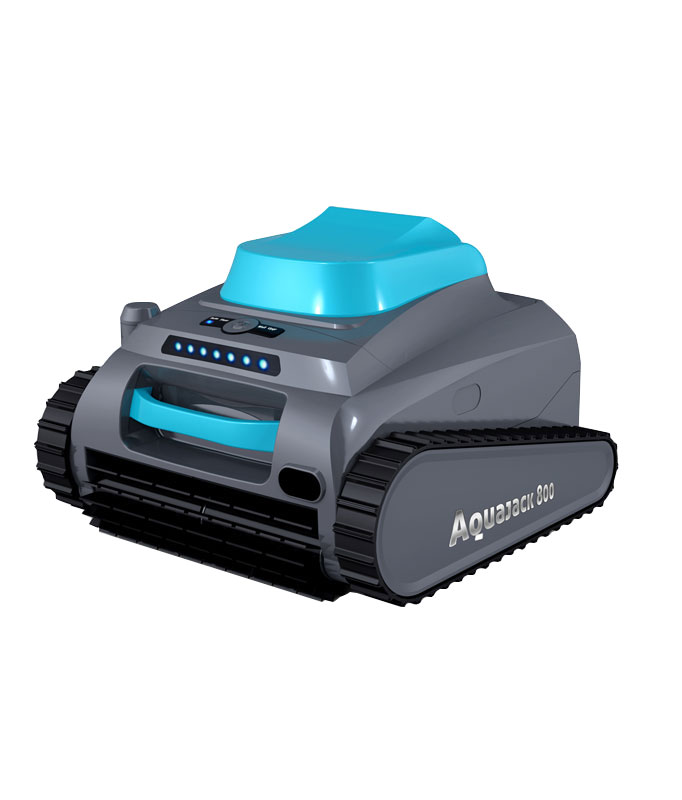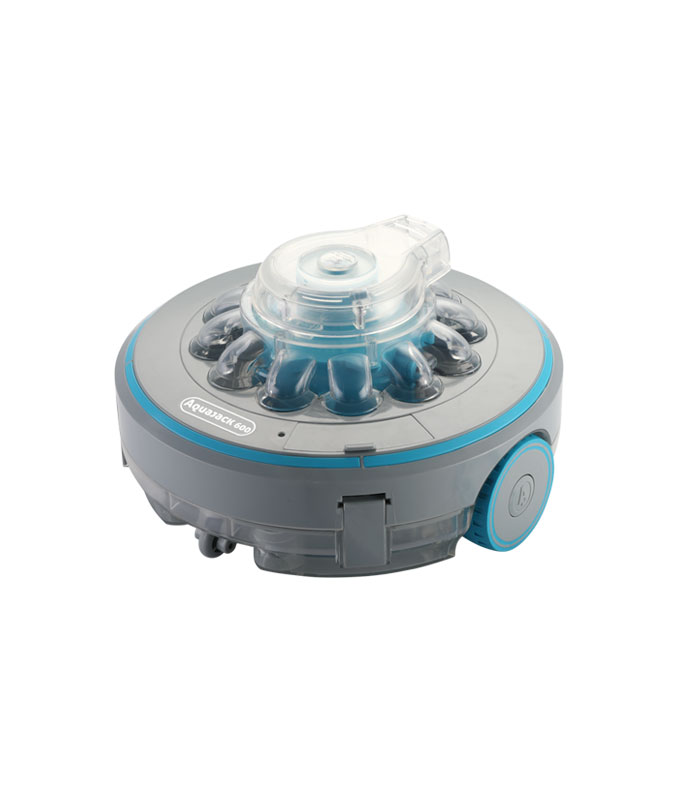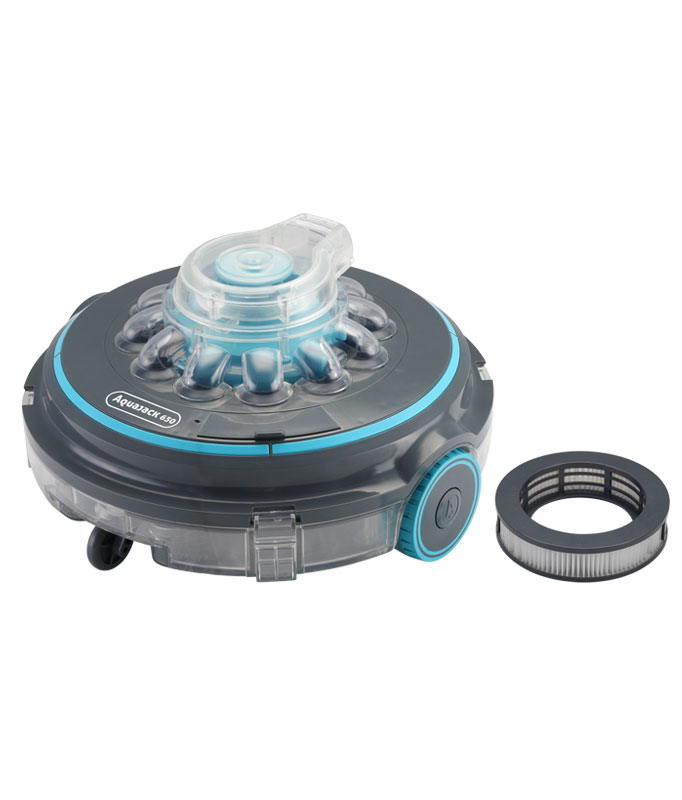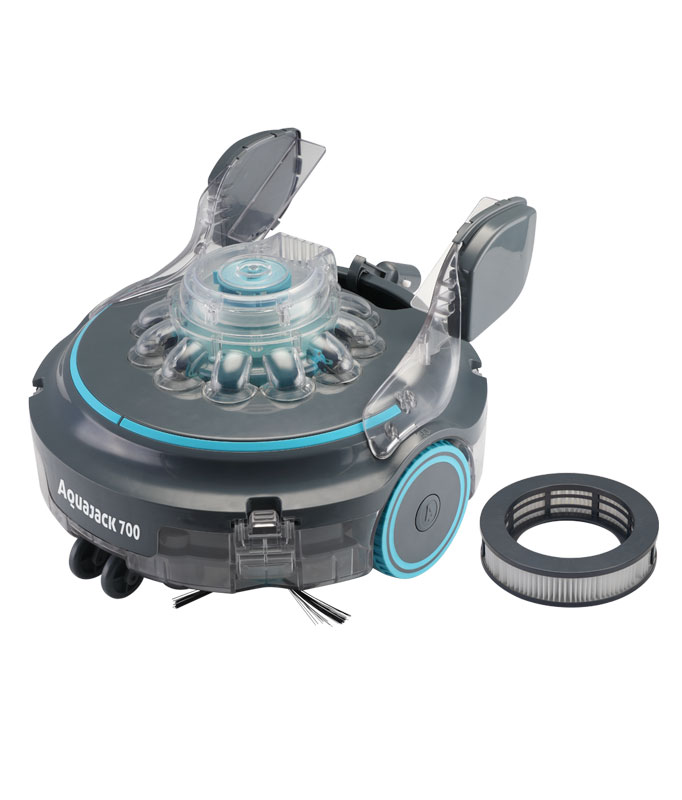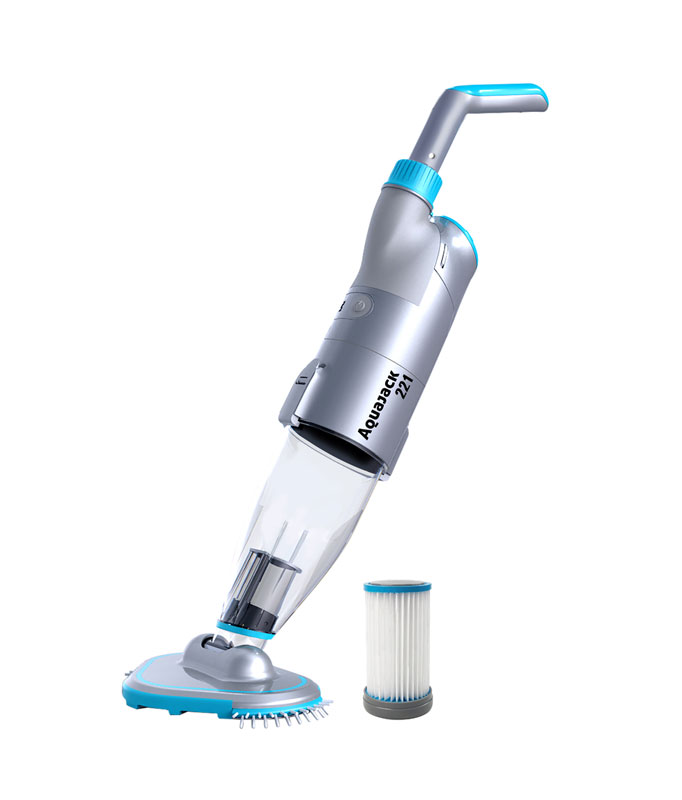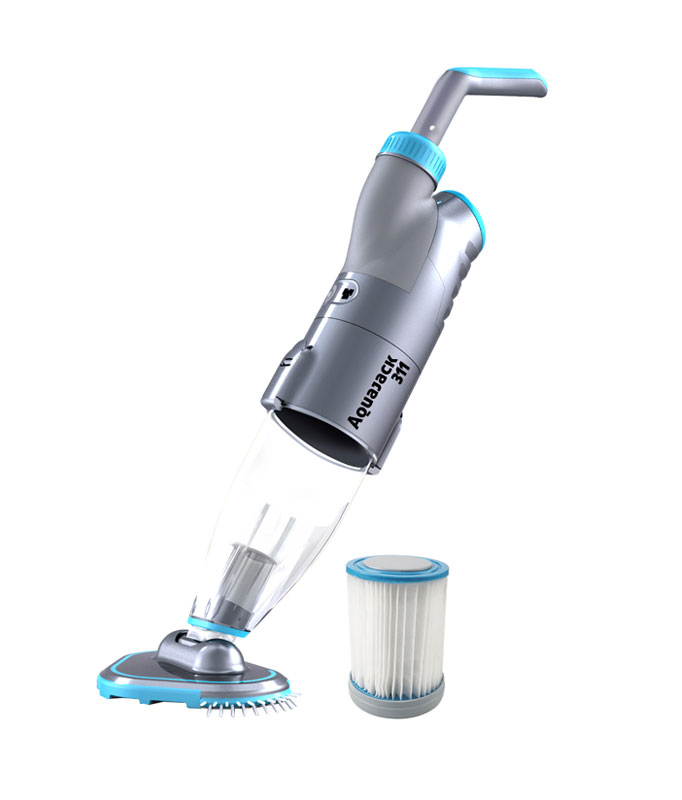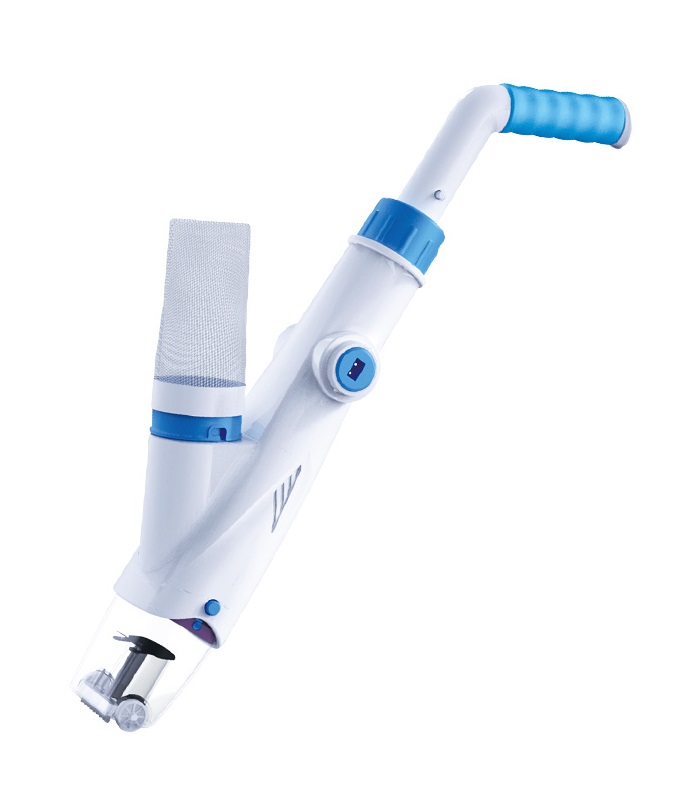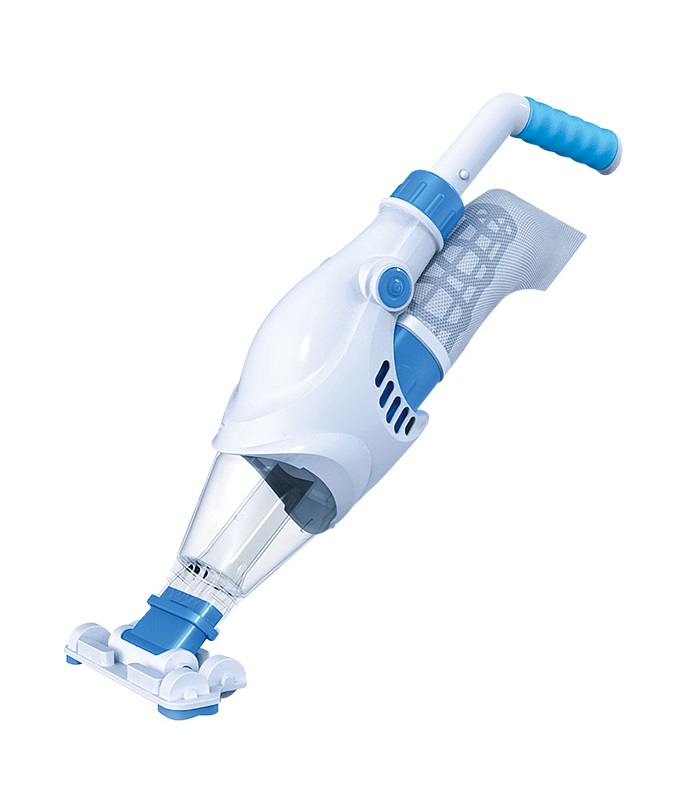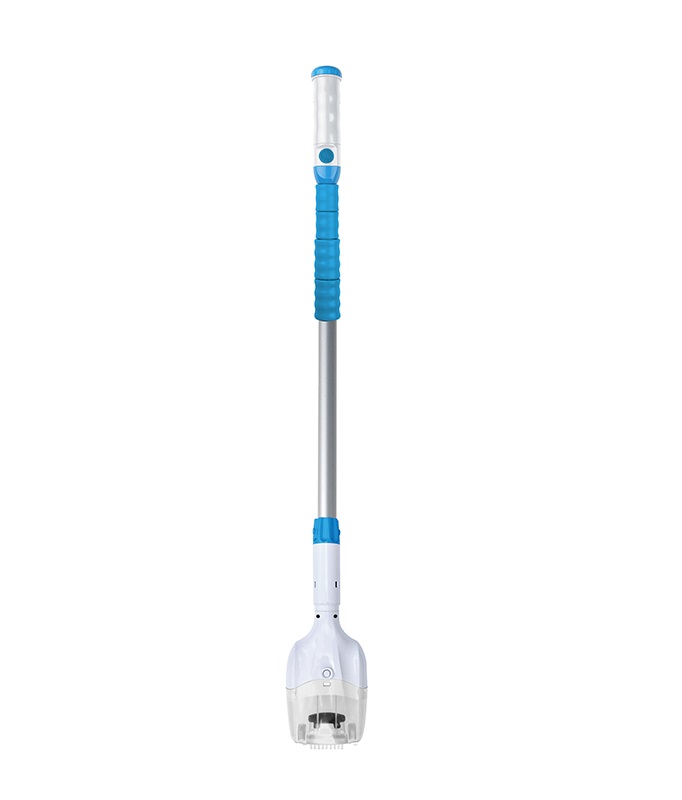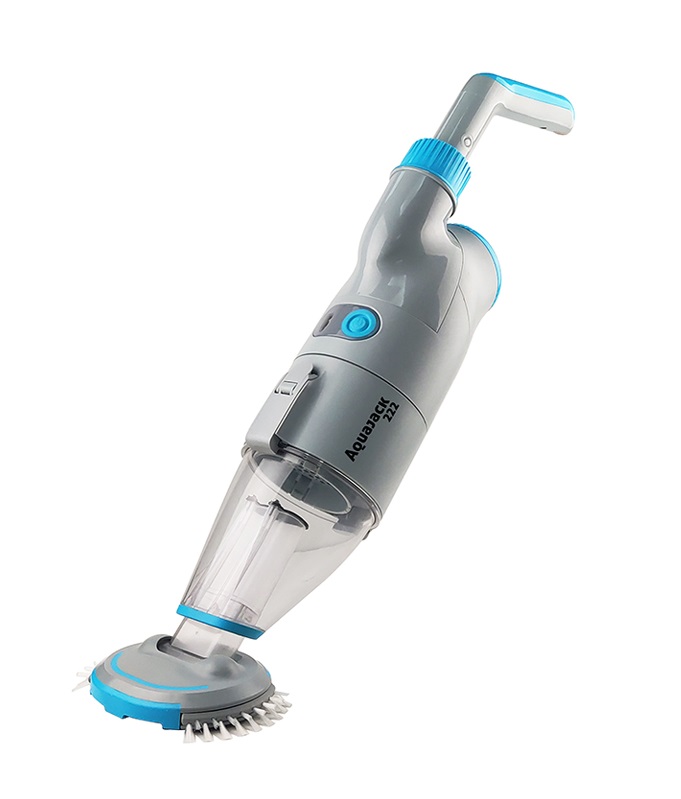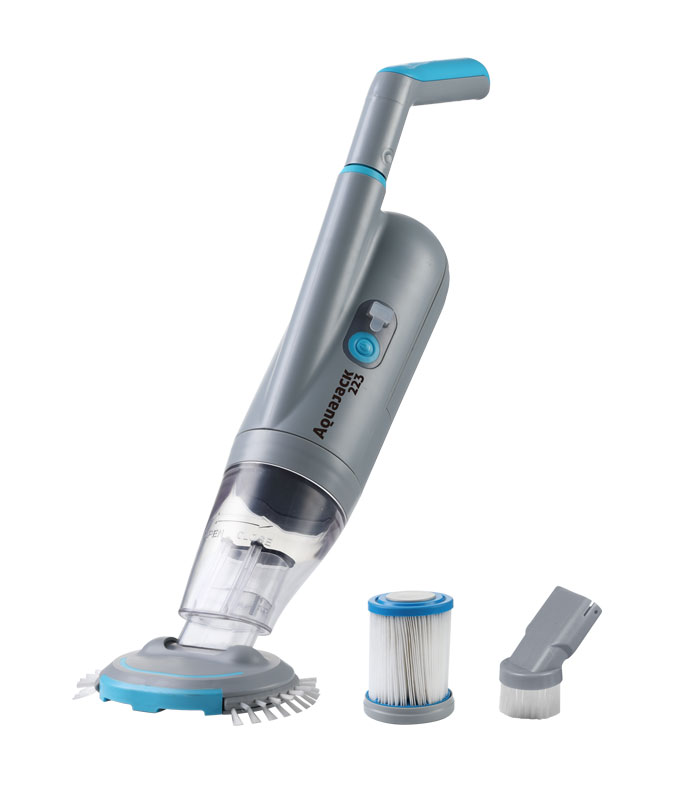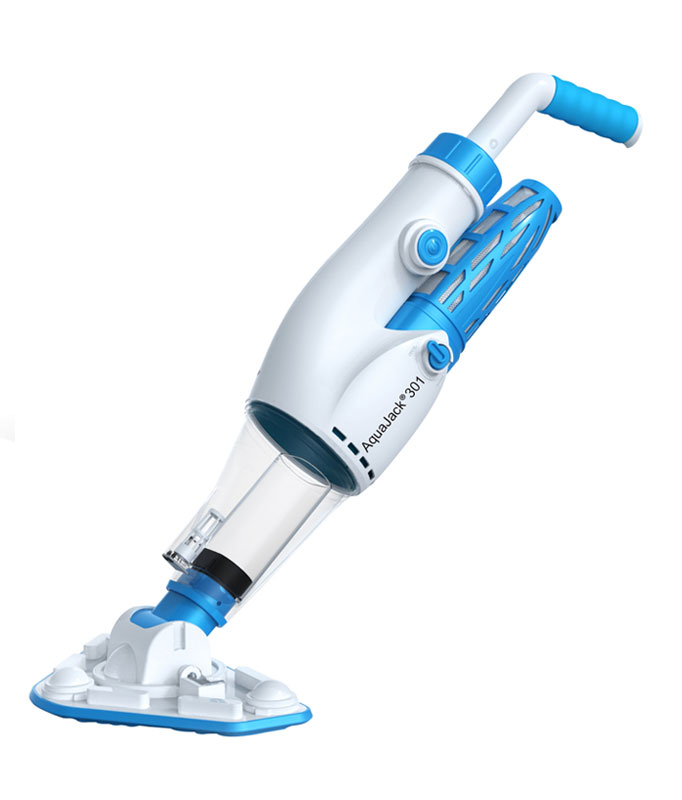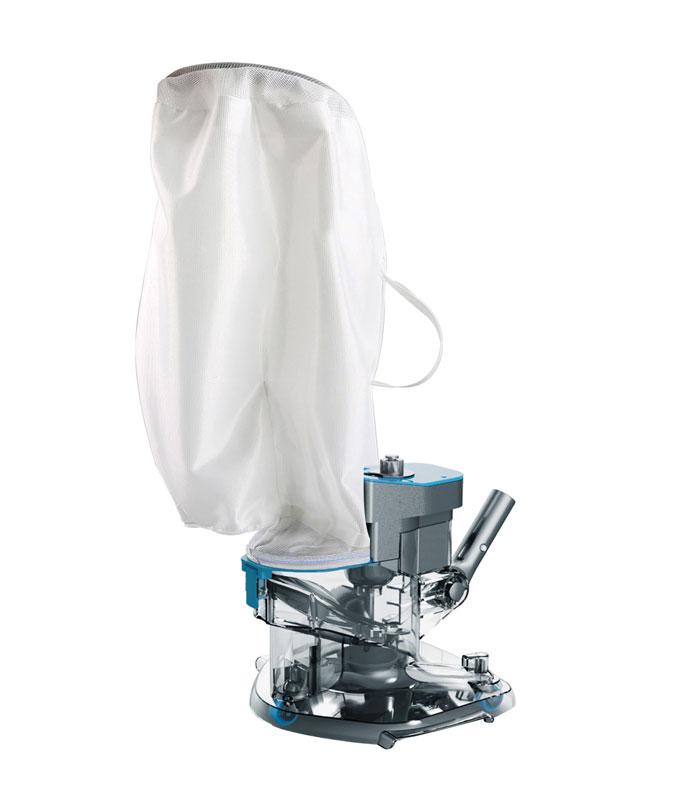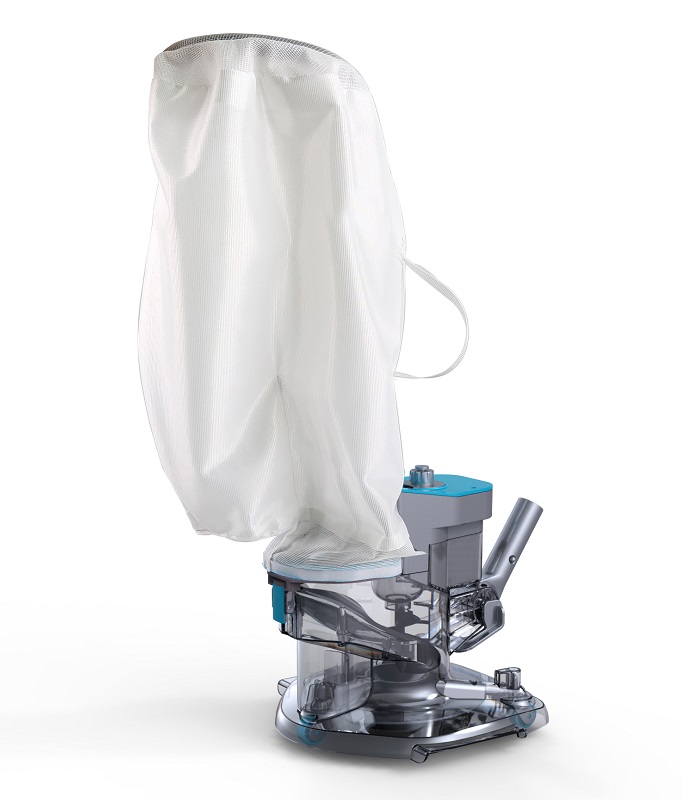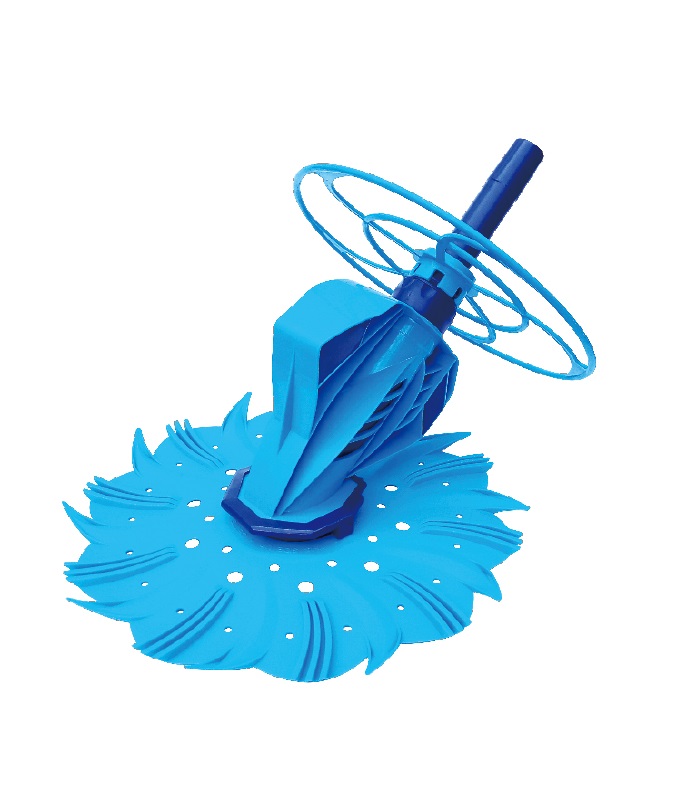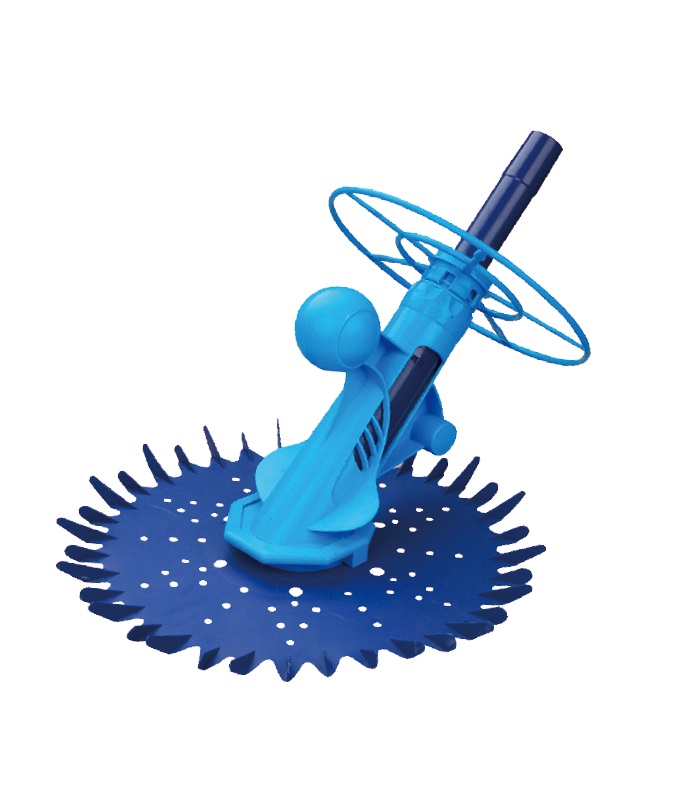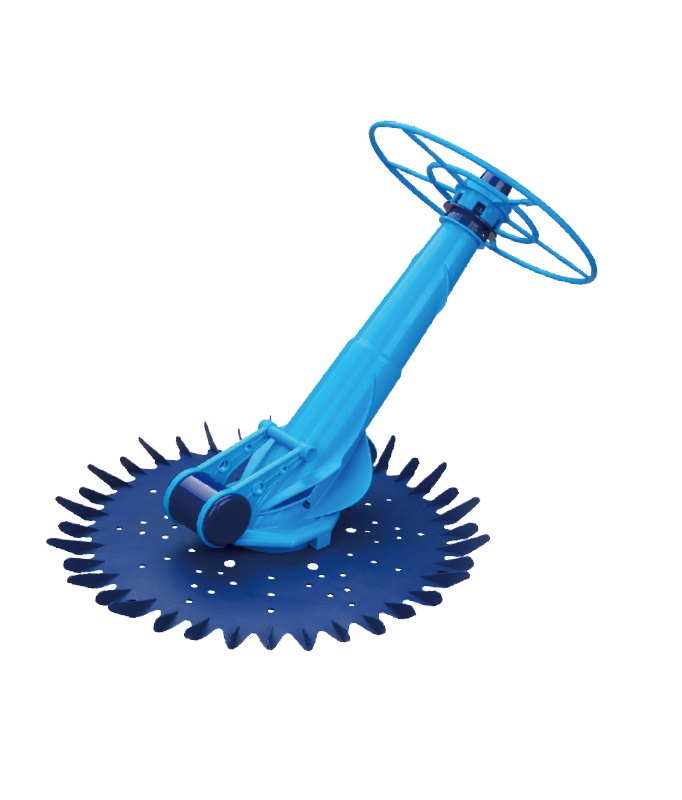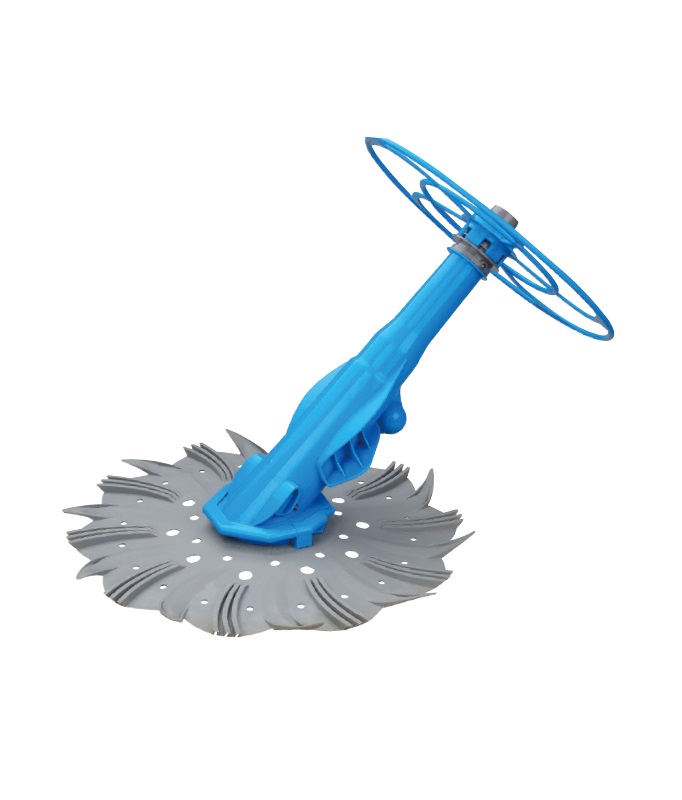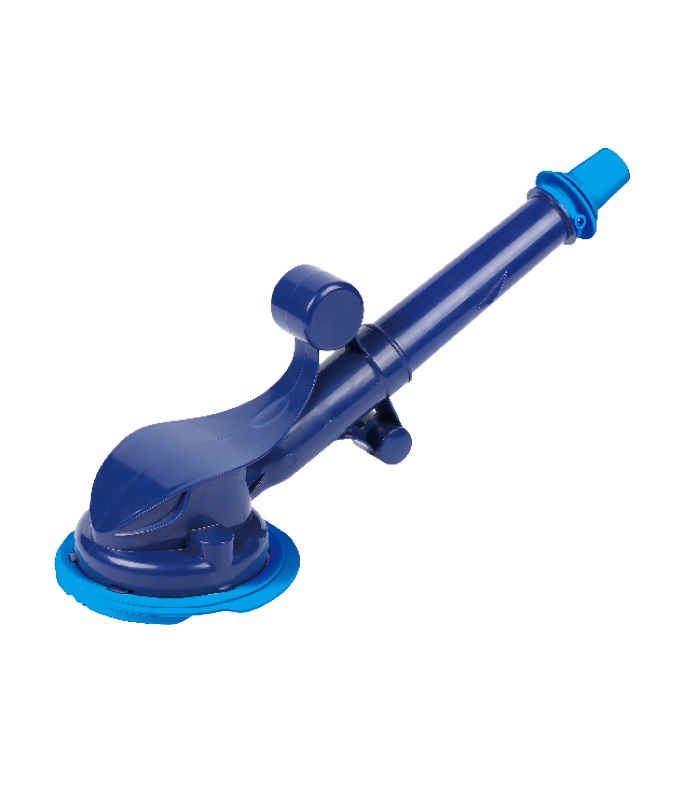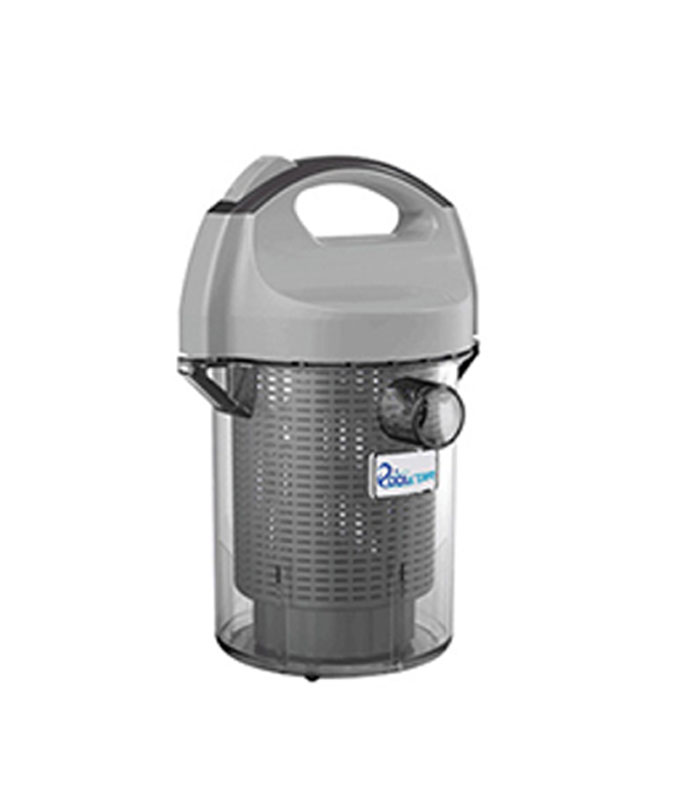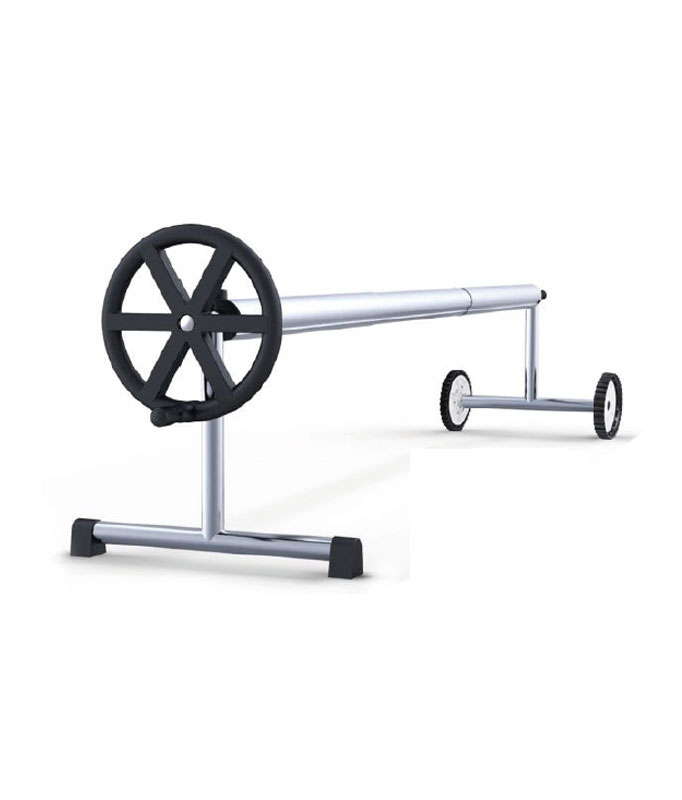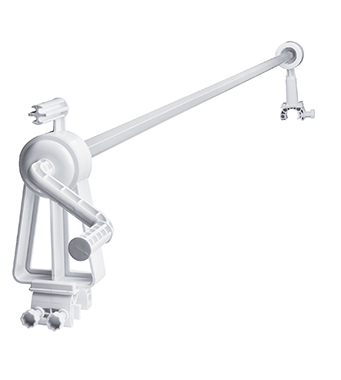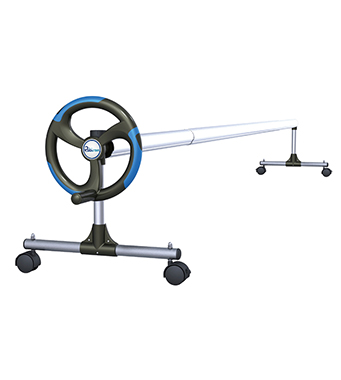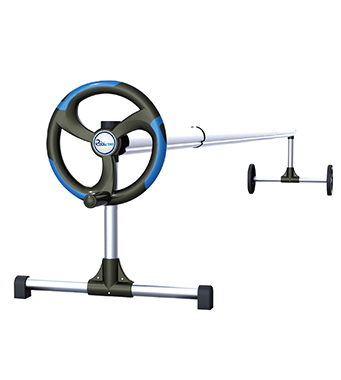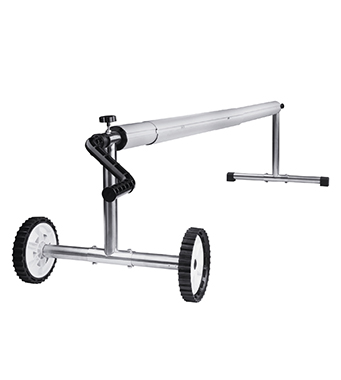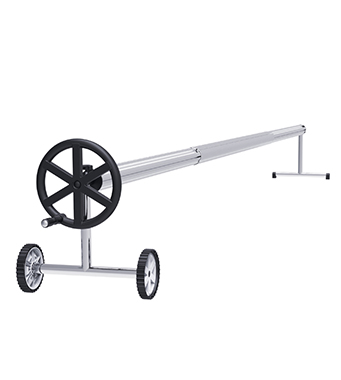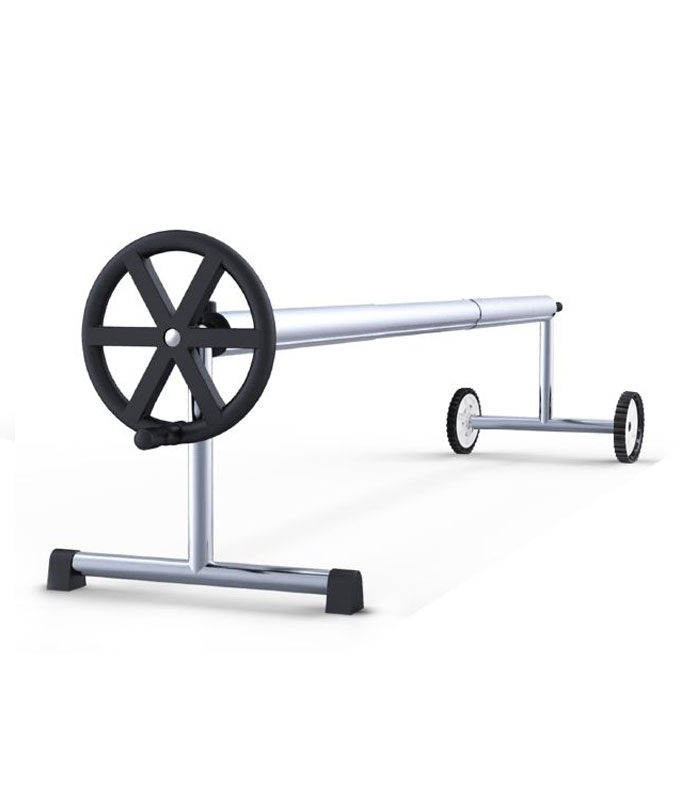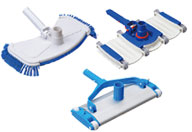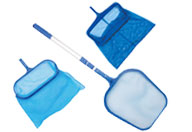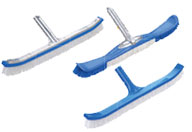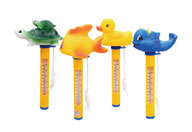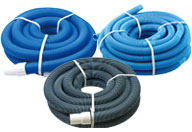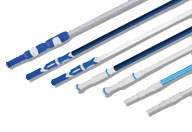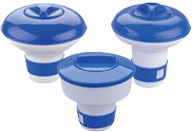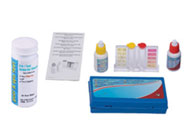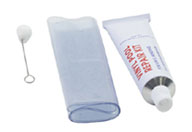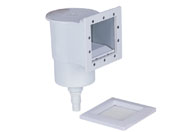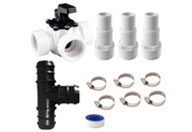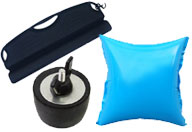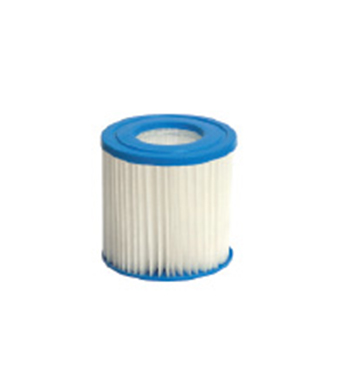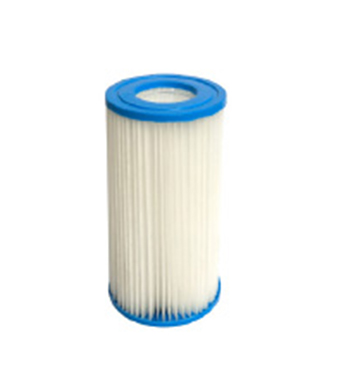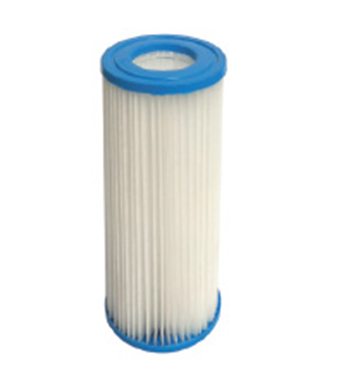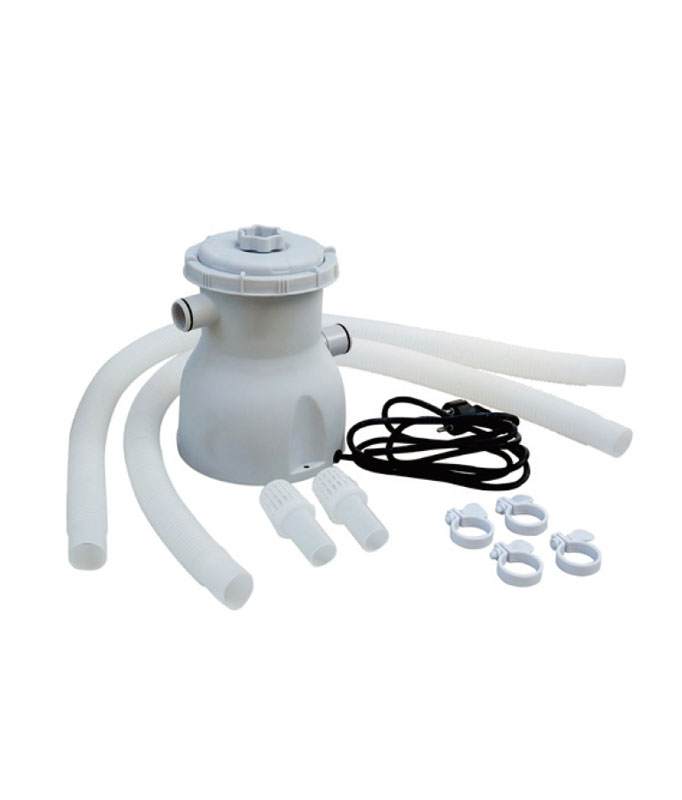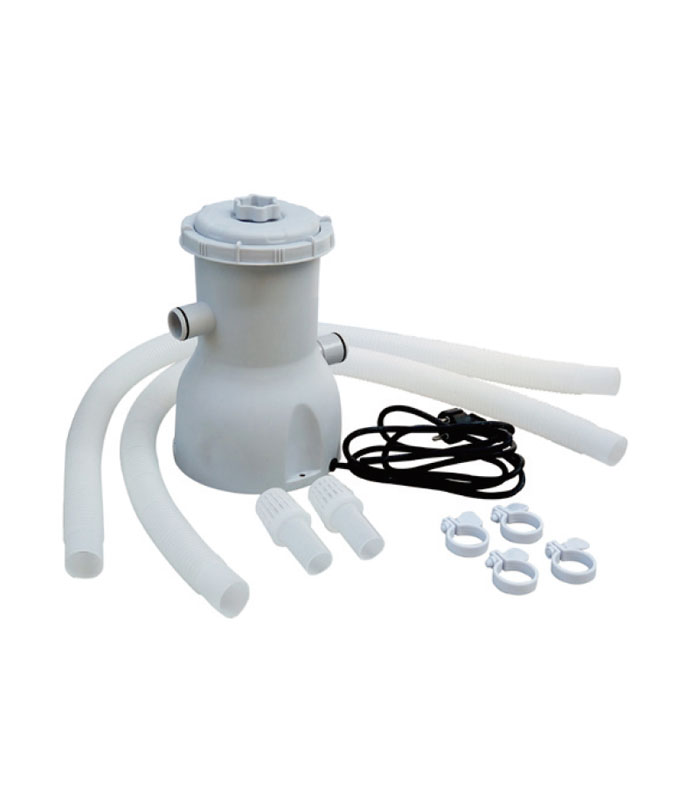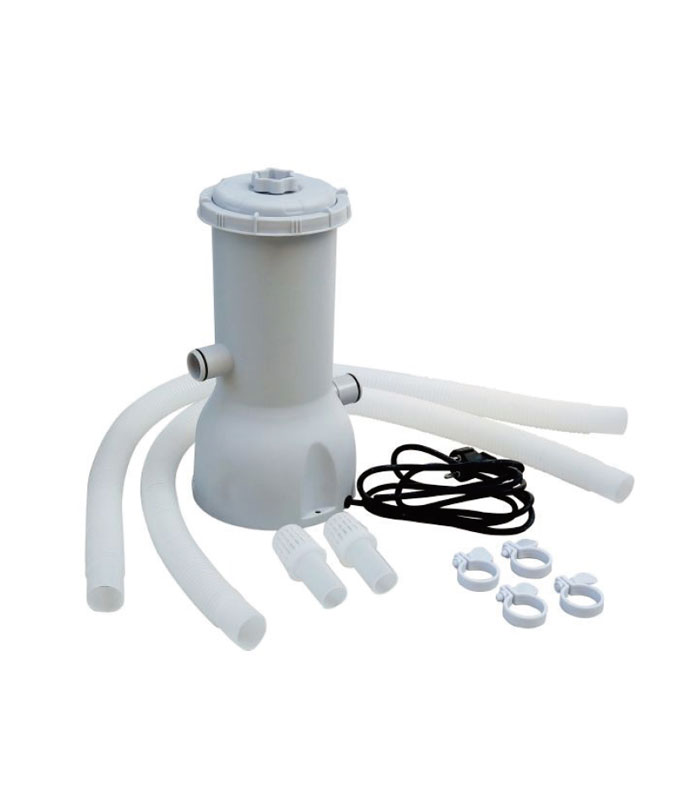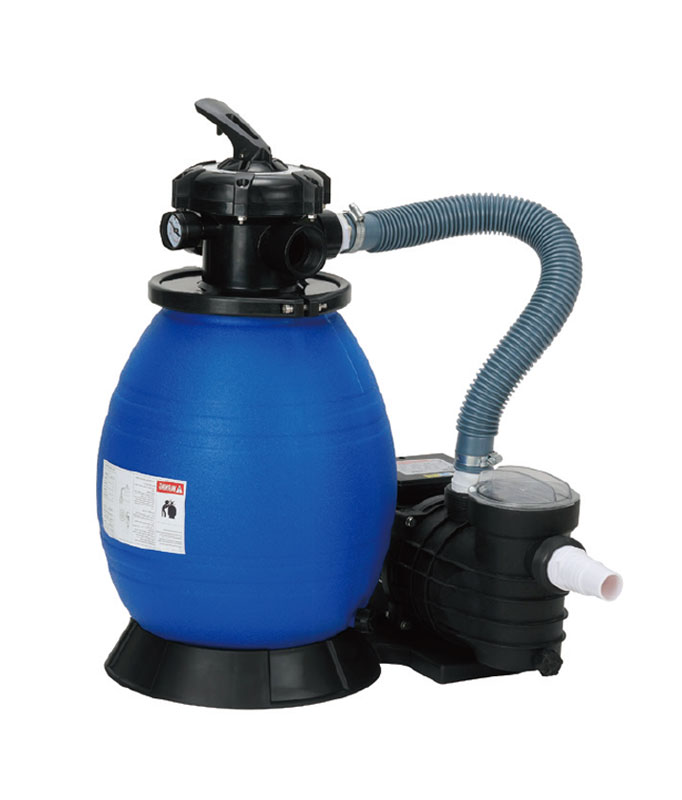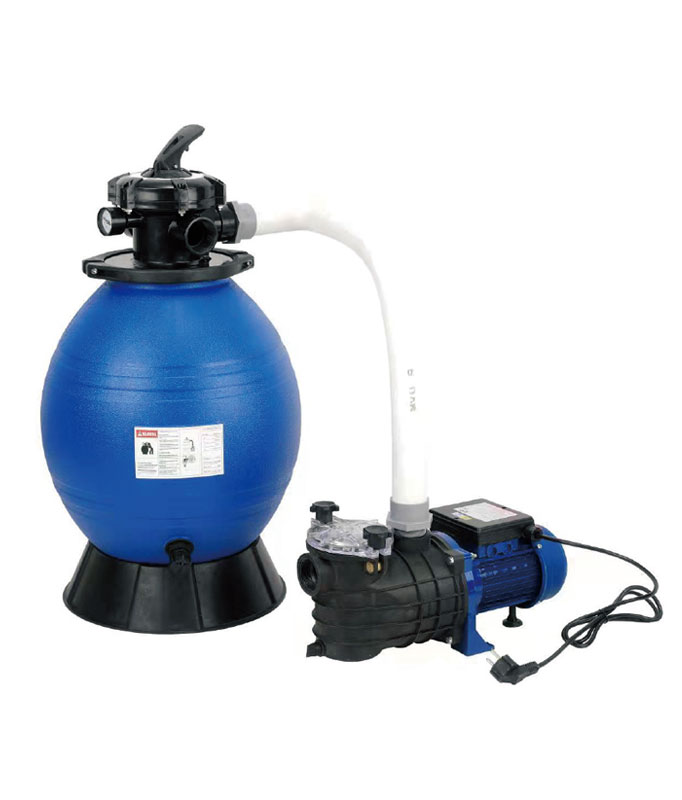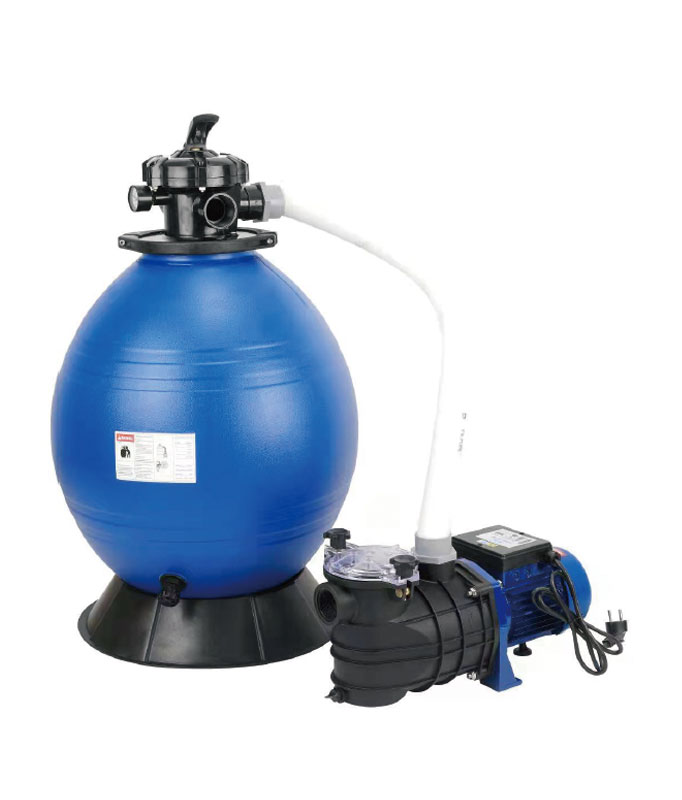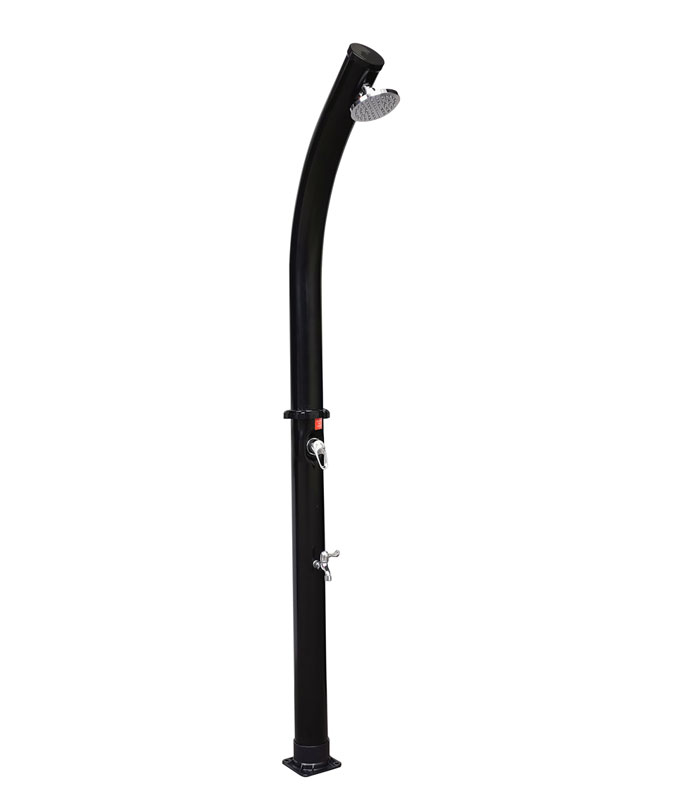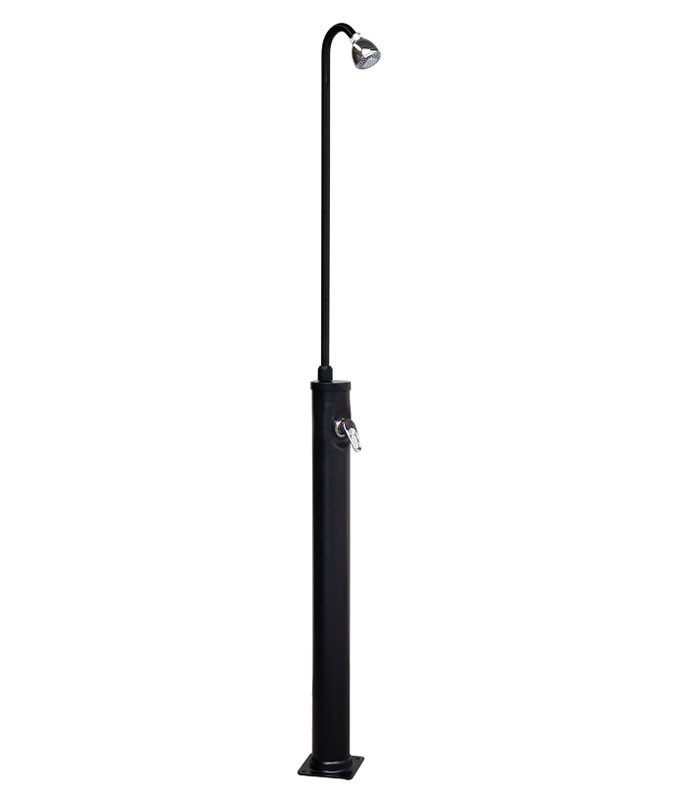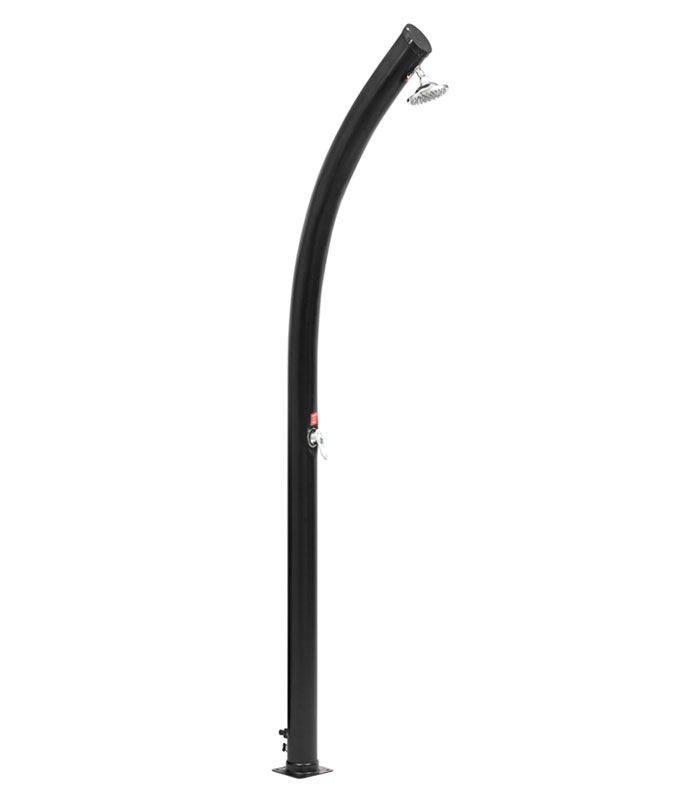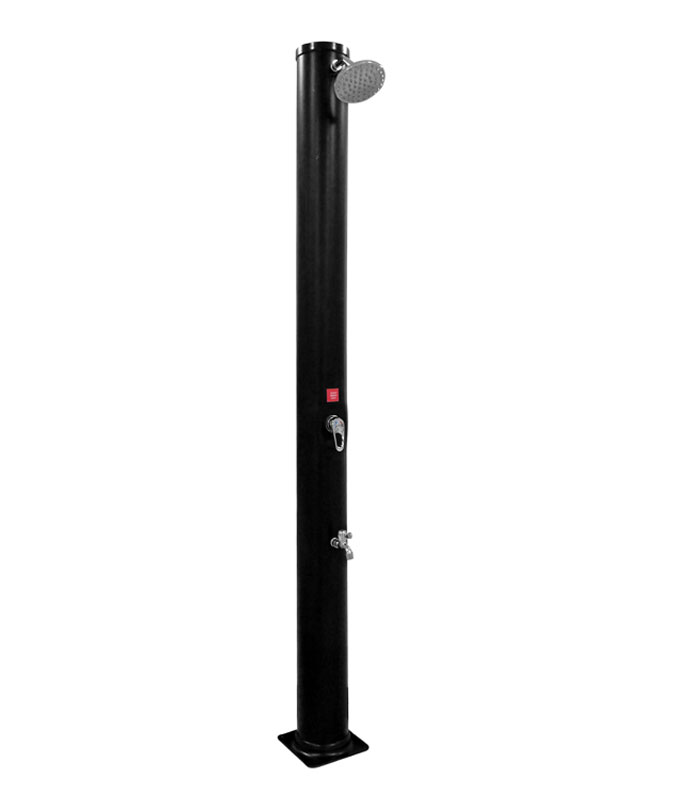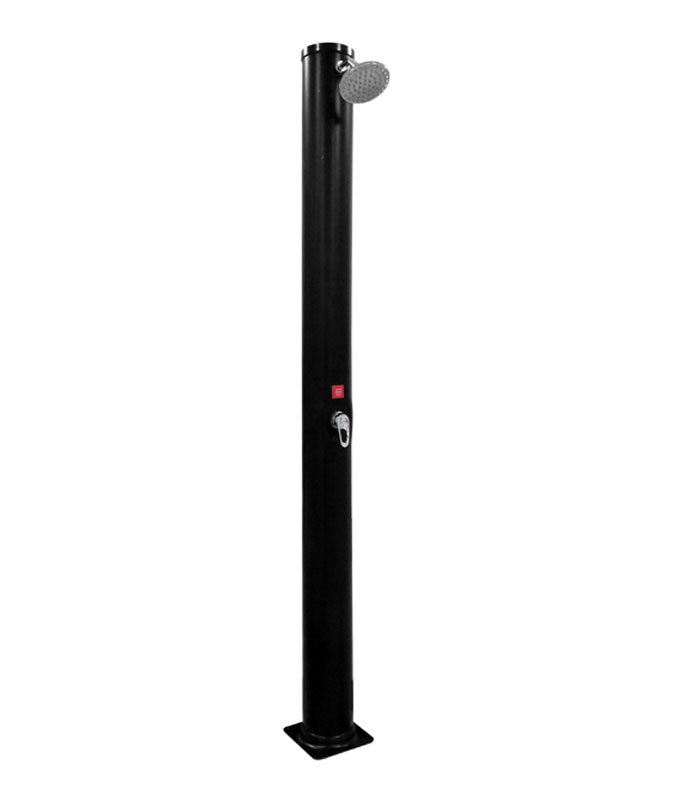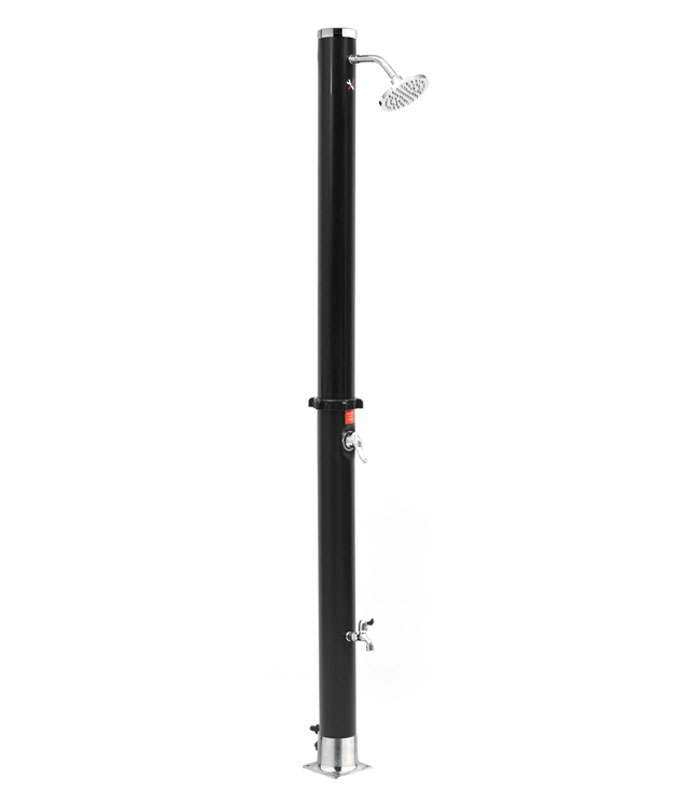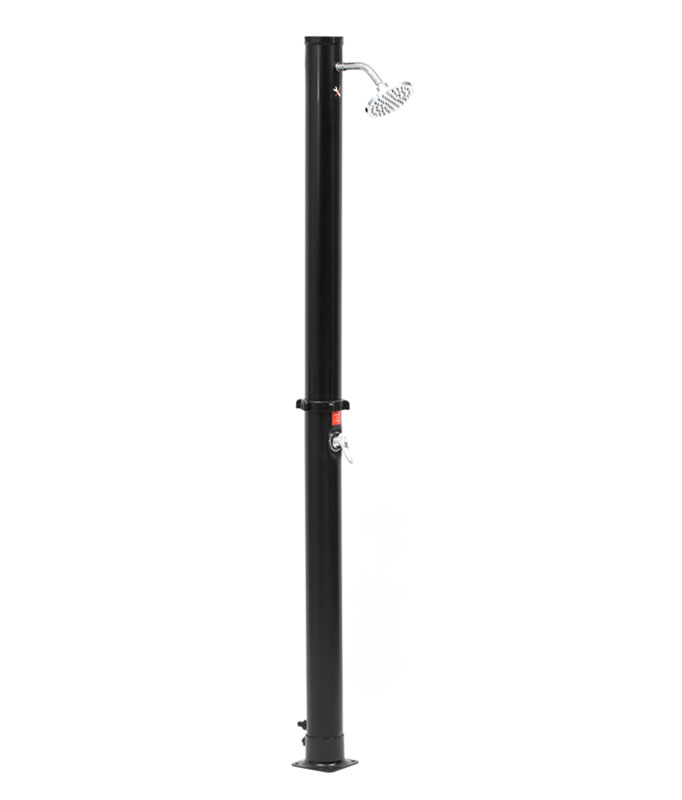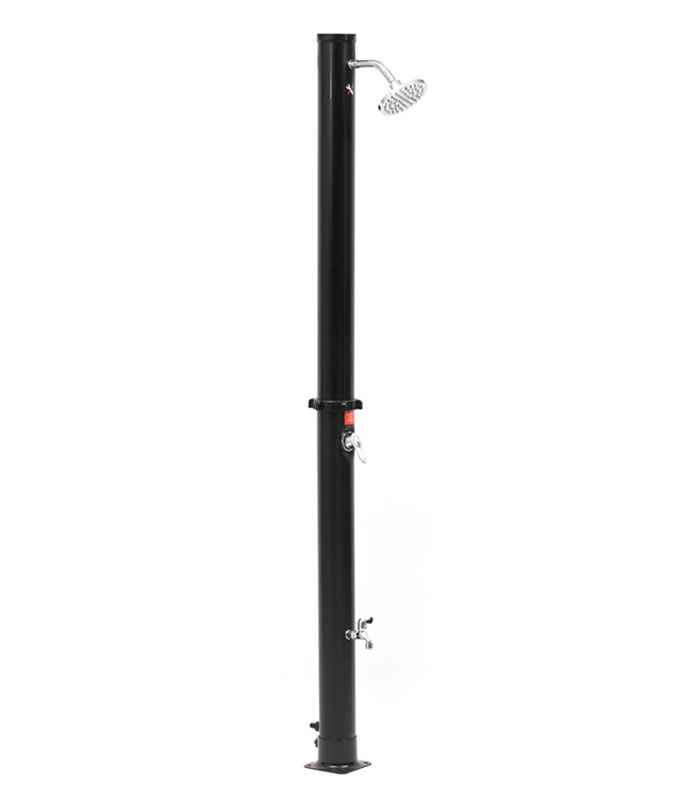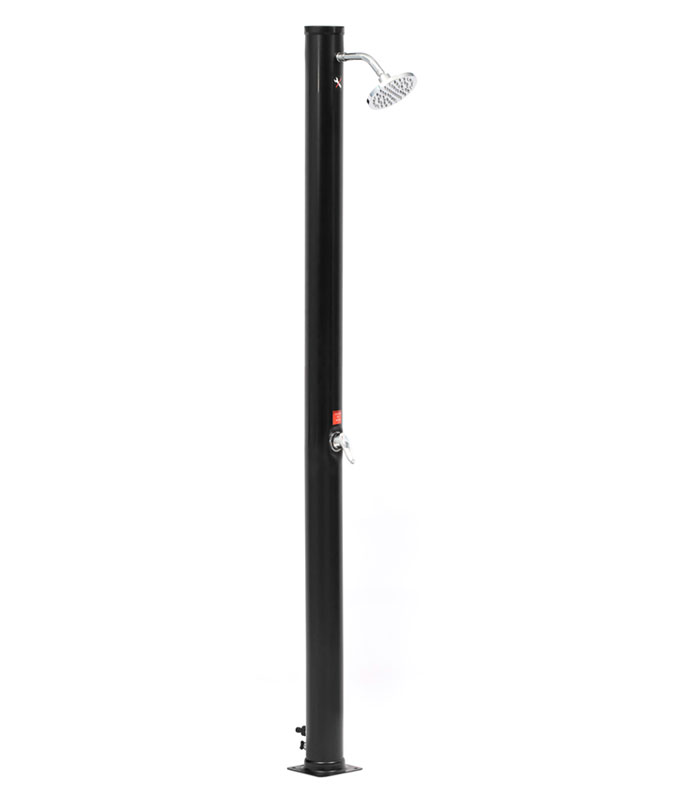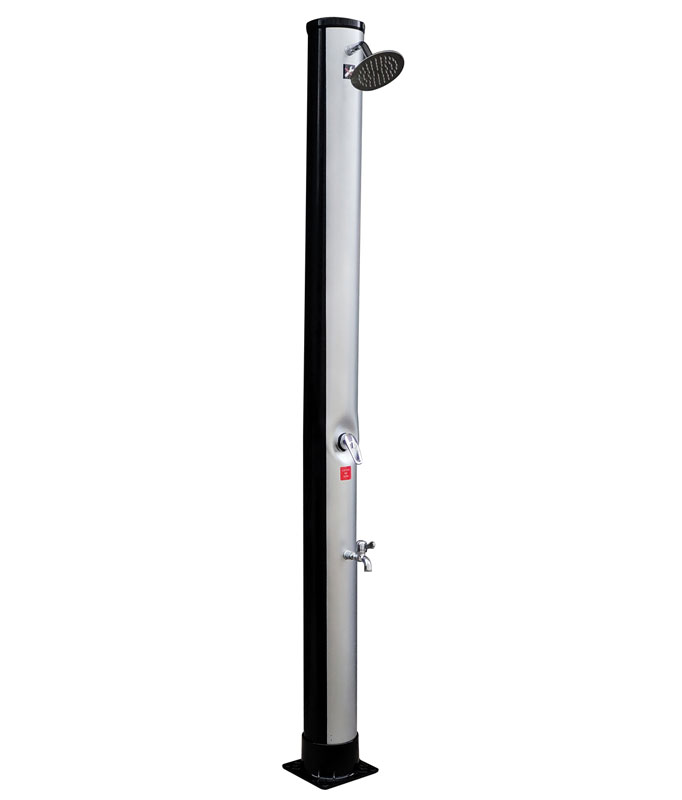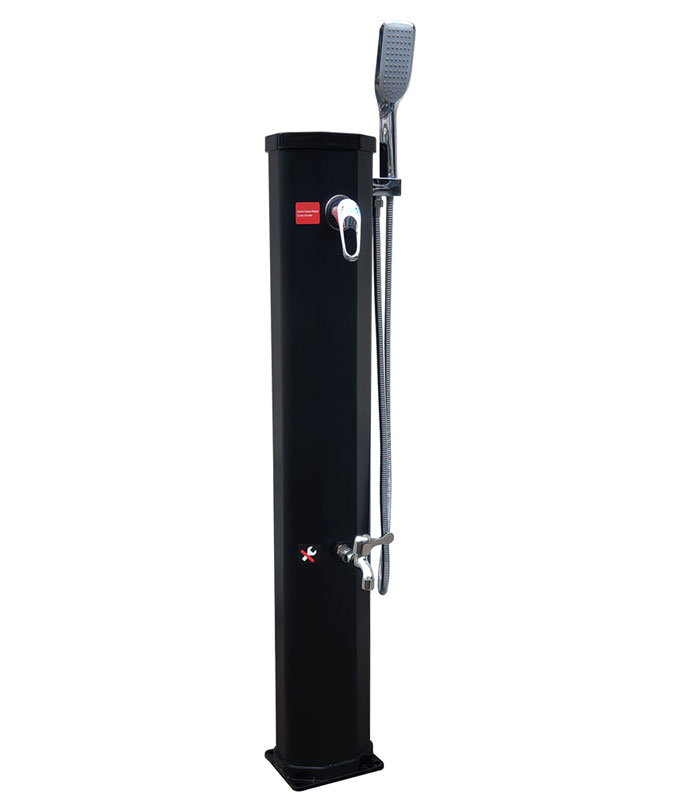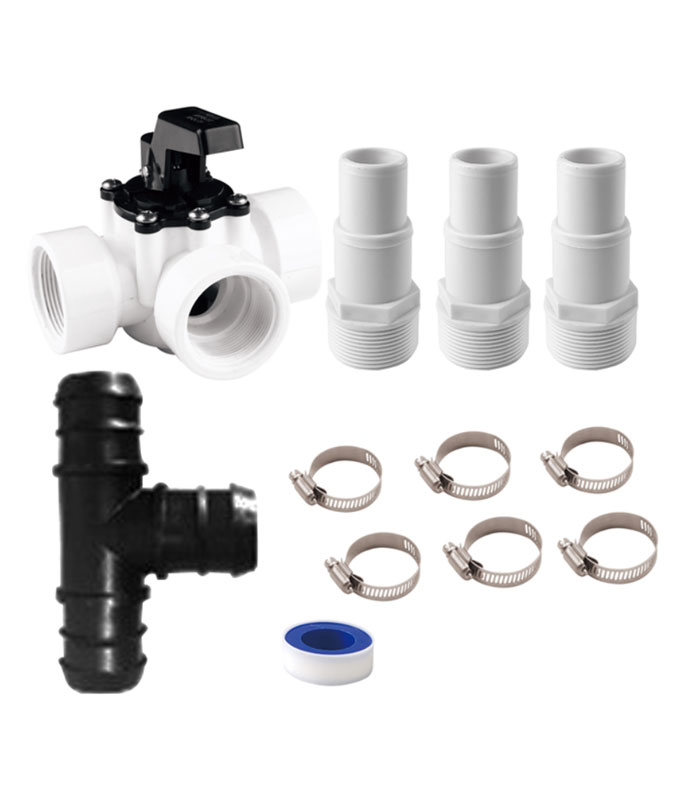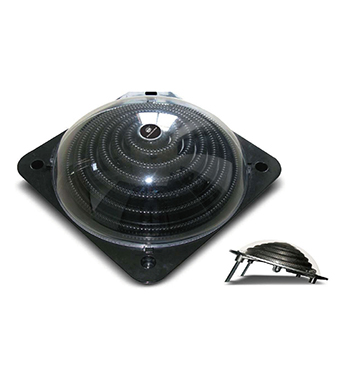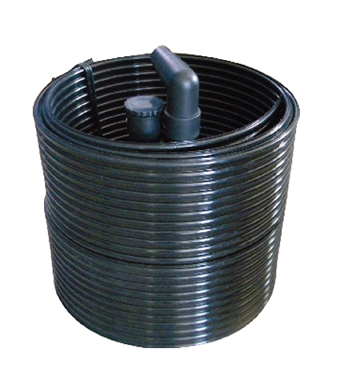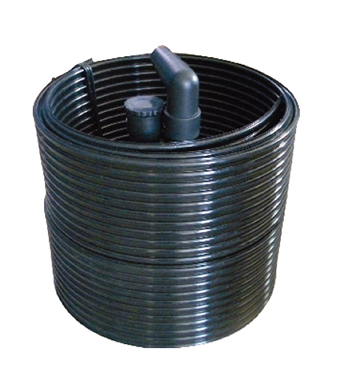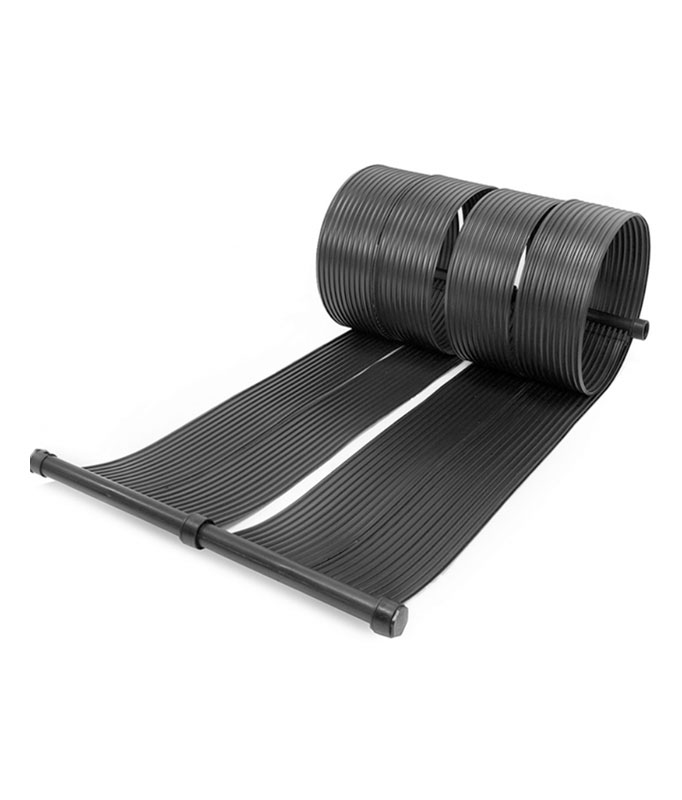Cleaning large swimming pools efficiently has become easier with the use of grid-based systems. These systems divide pools into zones, ensuring thorough cleaning without missing any spots. In 2025, the zoned cleaning method: A "grid-based" efficiency revolution in large swimming pools, combines precision with advanced tools like the AquaJack650 Pool Vacuum Cleaner. Learn how this approach saves time and improves results.
With systematic cleaning, you reduce water contamination and extend the life of your pool. Every zone gets the attention it deserves, leaving no debris behind. Discover the AquaJack650 Pool Vacuum Cleaner here.
Key Takeaways
- Split your pool into smaller sections using a grid system. This helps clean every part and avoids missing spots.
- Get modern tools like robot vacuums and skimmers. These tools clean better and save time and effort.
- Make a weekly plan for cleaning and testing water. Regular care keeps your pool clean and avoids big cleanups later.
Zoned Cleaning Method: A "Grid-Based" Efficiency Revolution in Large Swimming Pools
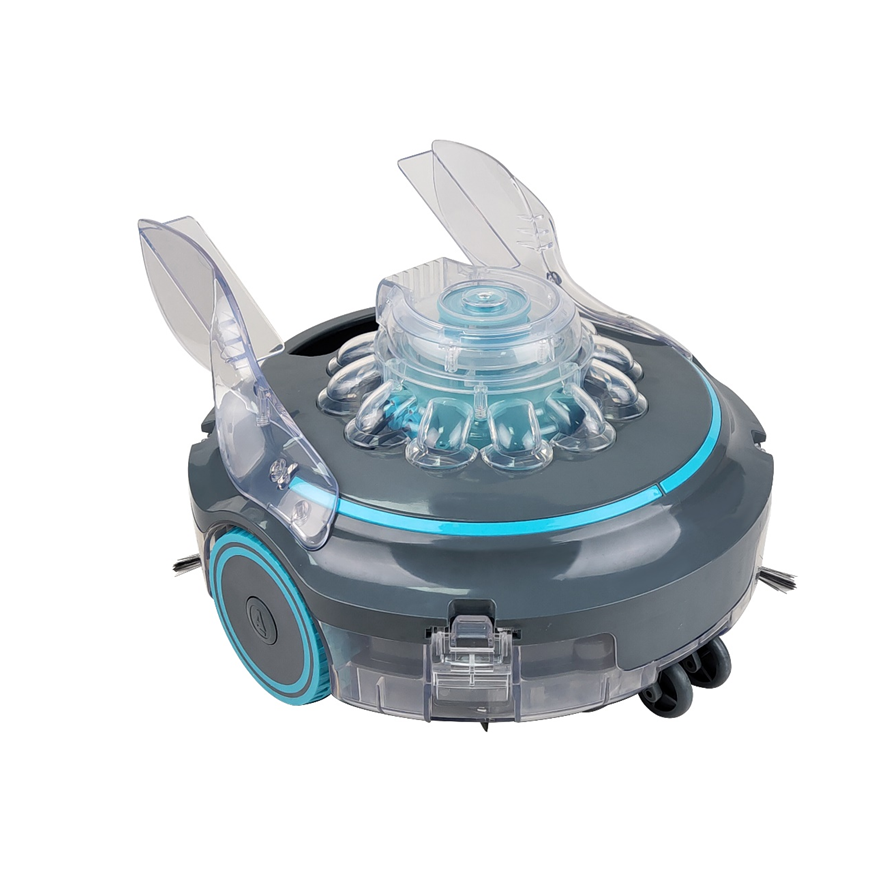
What Is a Grid-Based Cleaning System?
A grid-based cleaning system divides your pool into smaller, manageable zones. Each zone gets cleaned systematically, ensuring no area is overlooked. This method uses a structured approach to tackle large swimming pools, making the cleaning process more efficient and thorough.
Imagine your pool as a giant grid. Each square in the grid represents a specific section of the pool. By focusing on one square at a time, you can clean the entire pool without missing any spots. This method works well for large pools where traditional cleaning methods often fall short.
Grid-based systems often rely on advanced tools like robotic cleaners or smart vacuums. These devices follow the grid layout, moving systematically from one zone to the next. Some systems even use sensors to detect dirt and debris, ensuring a deeper clean.
Tip: Before starting, map out your pool's grid on paper or using a digital tool. This will help you visualize the zones and plan your cleaning process more effectively.
Key Benefits of Grid-Based Cleaning for Large Pools
The zoned cleaning method: A "grid-based" efficiency revolution in large swimming pools offers several advantages. Here are the key benefits:
- Thorough Cleaning: By dividing the pool into zones, you ensure every inch gets cleaned. This eliminates the risk of missing spots, which is common with traditional methods.
- Time Efficiency: Cleaning a large pool can be overwhelming. A grid-based system breaks the task into smaller, manageable parts, saving you time and effort.
- Energy Savings: Advanced tools used in grid-based cleaning are designed to be energy-efficient. They focus on specific zones, reducing unnecessary movement and energy consumption.
- Cost-Effective: Over time, this method can save you money. Efficient cleaning reduces the need for frequent chemical treatments and prolongs the life of your pool equipment.
- Customizable Approach: Every pool is unique. A grid-based system allows you to customize the cleaning process based on your pool's size, shape, and specific needs.
Note: Regular maintenance and proper use of cleaning tools are essential to maximize the benefits of a grid-based system.
The zoned cleaning method: A "grid-based" efficiency revolution in large swimming pools is not just a trend. It’s a practical solution for maintaining large pools in 2025. By adopting this method, you can enjoy a cleaner, healthier pool with less effort.
Tools and Technologies for Grid-Based Cleaning
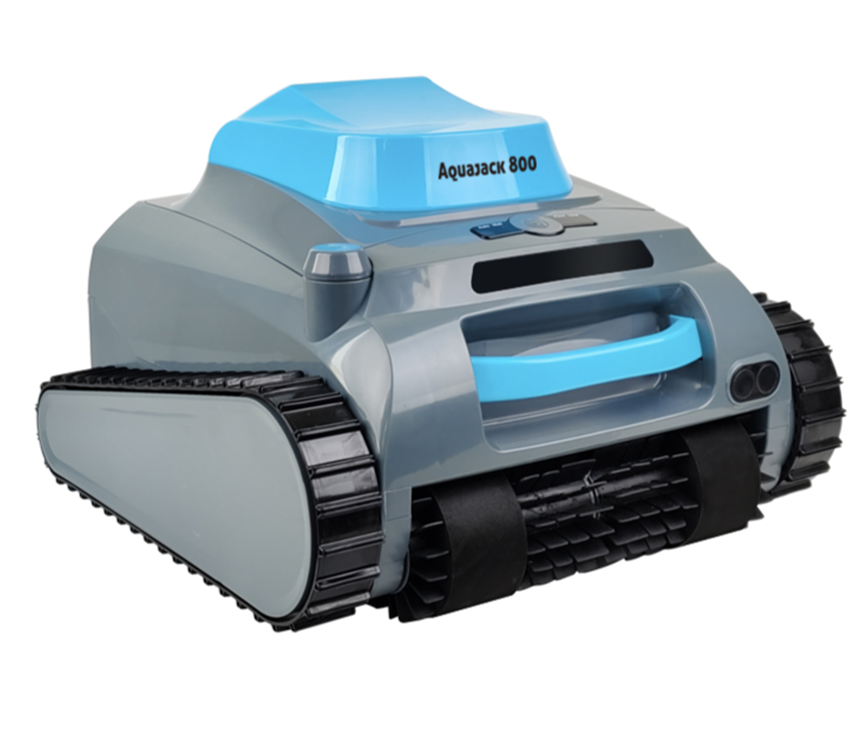
Essential Equipment for Effective Pool Cleaning
To implement a grid-based cleaning system, you need the right tools. Start with a high-quality pool vacuum cleaner. Robotic vacuums are ideal because they can navigate zones independently. Look for models with programmable settings to align with your grid layout.
A durable pool skimmer is another must-have. Use it to remove large debris before starting the cleaning process. This step ensures your vacuum works efficiently. Additionally, invest in a pool brush with sturdy bristles. Use it to scrub walls and corners that vacuums might miss.
Water testing kits are equally important. Regularly test your pool's chemical balance to prevent algae growth and maintain water clarity. A well-balanced pool reduces the workload on your cleaning tools.
Tip: Keep your equipment clean and well-maintained. Proper care extends the life of your tools and ensures consistent performance.
Advanced Cleaning Technologies in 2025
In 2025, advanced technologies make the zoned cleaning method: A "grid-based" efficiency revolution in large swimming pools even more effective. Smart robotic cleaners now feature AI-powered sensors. These sensors detect dirt and debris, adjusting the cleaning path for maximum efficiency.
Some systems integrate with mobile apps. You can monitor progress, adjust settings, and even schedule cleanings remotely. Solar-powered cleaners are also gaining popularity. They reduce energy costs while maintaining excellent performance.
Another innovation is the use of UV-C technology. Some robotic cleaners now include UV-C lights to kill bacteria and algae during the cleaning process. This feature enhances water quality and reduces the need for chemical treatments.
Note: Advanced tools may require an initial investment, but they save time and money in the long run.
Step-by-Step Guide to Implementing Grid-Based Cleaning
Preparing the Pool for Grid-Based Cleaning
Before you begin cleaning, ensure the pool is ready for the process. Start by removing any large debris floating on the surface. Use a pool skimmer to collect leaves, twigs, or other visible items. This step prevents the cleaning tools from clogging or losing efficiency.
Next, check the water level. The pool should have enough water to allow robotic cleaners or vacuums to operate effectively. If the water level is too low, refill it to the recommended height.
Inspect the pool's filtration system. Clean or replace the filter if necessary. A clean filter ensures proper water circulation during the cleaning process.
Tip: Test the pool's chemical balance before starting. Balanced water reduces algae growth and helps cleaning tools perform better.
Dividing the Pool into Manageable Zones
To implement the zoned cleaning method: A "grid-based" efficiency revolution in large swimming pools, divide the pool into smaller sections. This approach ensures every area gets equal attention.
Begin by visualizing the pool as a grid. Use physical markers like floating ropes or waterproof chalk to outline the zones. For rectangular pools, divide the space into equal squares or rectangles. For irregularly shaped pools, create zones based on natural boundaries like curves or steps.
Label each zone for easy reference. For example, you can name them Zone A, Zone B, and so on. This labeling helps you track progress and ensures no area is missed.
Note: Smaller zones work better for heavily soiled pools. Adjust the size of each zone based on the pool's condition and the tools you are using.
Executing the Cleaning Process Step-by-Step
Once the pool is divided into zones, start cleaning one section at a time. Follow these steps for an efficient cleaning process:
- Begin with Skimming: Use a skimmer to remove any remaining debris from the surface of the first zone. This step clears the way for deeper cleaning.
- Vacuum the Zone: Deploy your robotic vacuum or manual cleaner. Focus on the floor and walls of the zone. Let the vacuum complete its cycle before moving to the next area.
- Brush Hard-to-Reach Areas: Use a pool brush to scrub corners, steps, and other areas the vacuum might miss. Pay extra attention to spots prone to algae buildup.
- Repeat for Each Zone: Move systematically from one zone to the next. Follow the same steps for each section until the entire pool is clean.
- Inspect Your Work: After completing all zones, do a final inspection. Look for missed spots or stubborn stains and address them immediately.
Pro Tip: Use a checklist to track your progress. Mark each zone as "cleaned" once you finish it. This habit keeps you organized and ensures thorough coverage.
By following these steps, you can maximize the benefits of the zoned cleaning method: A "grid-based" efficiency revolution in large swimming pools. This systematic approach saves time, reduces effort, and delivers a spotless pool every time.
Safety and Maintenance for Long-Term Efficiency
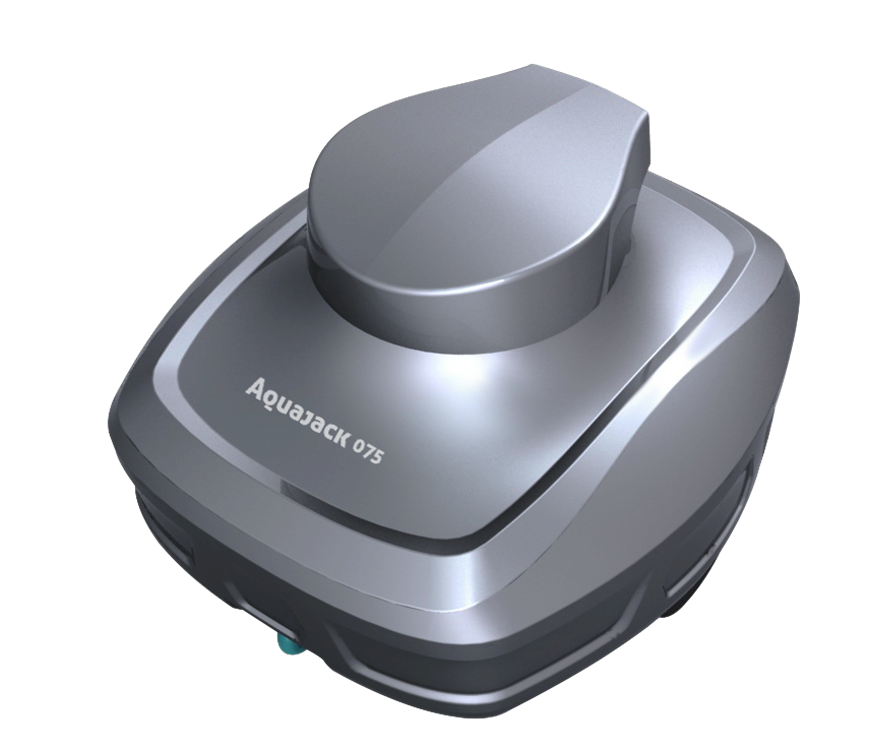
Safety Precautions During Cleaning Operations
When cleaning your pool, safety should always come first. You need to take precautions to protect yourself and others around the pool. Start by wearing proper gear. Use gloves to protect your hands from harsh chemicals and goggles to shield your eyes from splashes.
Keep cleaning tools and chemicals out of reach of children and pets. Store them in a secure, dry place after each use. If you’re using electrical equipment like robotic vacuums, ensure the cords and plugs stay dry. Water and electricity can be a dangerous combination.
Tip: Always read the instructions on cleaning tools and chemicals before using them. This helps you avoid accidents and ensures proper usage.
Avoid cleaning the pool during bad weather. Rain or strong winds can make the process unsafe and less effective. If you’re using ladders or other equipment to reach certain areas, make sure they are stable and secure.
Creating and Following a Maintenance Schedule
A consistent maintenance schedule keeps your pool clean and reduces the need for deep cleaning. Start by setting a weekly routine. Skim the surface, vacuum the floor, and brush the walls regularly.
Test the water’s chemical balance at least once a week. Use a water testing kit to check pH, chlorine, and alkalinity levels. Adjust them as needed to prevent algae growth and maintain water clarity.
Pro Tip: Keep a log of your maintenance activities. Write down the dates and tasks completed. This helps you track progress and identify patterns in your pool’s condition.
Inspect your cleaning tools monthly. Replace worn-out brushes or damaged vacuum parts. Well-maintained tools work more efficiently and last longer. By sticking to a schedule, you ensure your pool stays in top condition year-round.
Preventative Measures to Minimize Cleaning Challenges
Strategies to Reduce Debris Accumulation
Reducing debris in your pool starts with managing the environment around it. Trim nearby trees and bushes to minimize leaves and twigs falling into the water. If possible, choose plants that shed less frequently. Installing a pool cover is another effective way to keep debris out. Use it whenever the pool is not in use, especially during windy days or off-seasons.
Positioning your pool away from high-traffic areas can also help. Dirt and dust from foot traffic often end up in the water. Encourage swimmers to rinse off before entering the pool. This simple habit reduces the amount of dirt, oils, and sunscreen that can contaminate the water.
Tip: Use a leaf net daily to remove floating debris. This quick step prevents buildup and keeps your pool looking clean.
Proactive Care for Long-Term Pool Cleanliness
Regular maintenance is key to keeping your pool clean over time. Skim the surface daily and vacuum the floor weekly. Brushing the walls and steps prevents algae and grime from building up.
Monitor your pool’s filtration system closely. Clean the filter regularly to ensure it operates efficiently. A clogged filter struggles to keep the water clear.
Pro Tip: Schedule professional inspections at least once a year. Experts can spot potential issues early, saving you time and money.
Maintaining proper water chemistry also plays a vital role. Test the water weekly and adjust the pH, chlorine, and alkalinity levels as needed. Balanced water not only looks better but also reduces the strain on your cleaning tools.
By following these strategies, you can minimize cleaning challenges and enjoy a sparkling pool year-round.
Grid-based cleaning systems transform pool maintenance by saving time, reducing effort, and ensuring thorough results. These methods improve water quality and extend the life of your pool.
Take Action: Start applying these expert tips today. With the right tools and strategies, you can enjoy a cleaner, healthier pool in 2025.
FAQ
How often should you clean a large pool using a grid-based system?
You should clean your pool weekly. Regular cleaning prevents debris buildup, maintains water quality, and ensures your tools work efficiently.
Can you use a grid-based system for irregularly shaped pools?
Yes, you can. Divide the pool into zones based on natural boundaries like curves or steps. Adjust the grid layout to fit the shape.
What is the best tool for cleaning hard-to-reach areas?
A pool brush with sturdy bristles works best. Use it to scrub corners, steps, and other spots that robotic vacuums might miss.

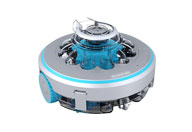 Robotic Pool Cleaner
Robotic Pool Cleaner 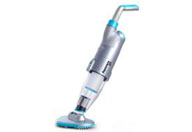 Portable Pool Vacuum Cleaner
Portable Pool Vacuum Cleaner 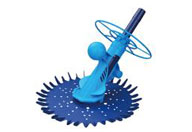 Automatic Pool Cleaner
Automatic Pool Cleaner 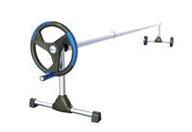 Pool Cover Reel
Pool Cover Reel 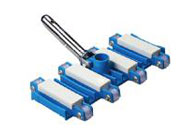 Pool Cleaning Accessories
Pool Cleaning Accessories 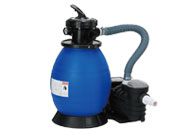 Pool Filter Pump
Pool Filter Pump 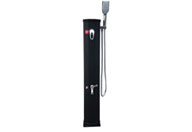 Pool Solar Shower
Pool Solar Shower 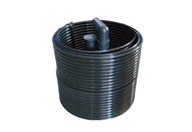 Pool Solar Collector
Pool Solar Collector 